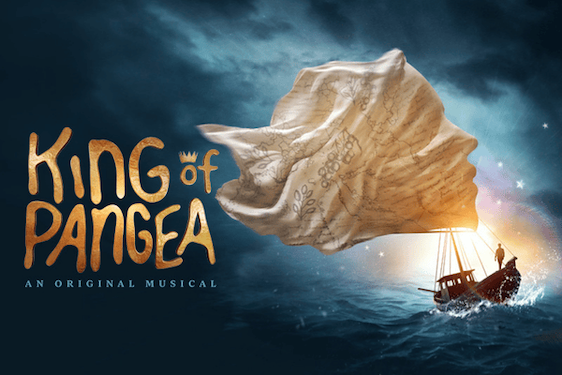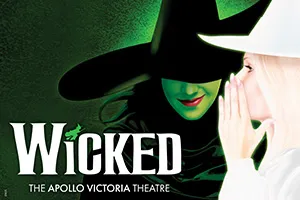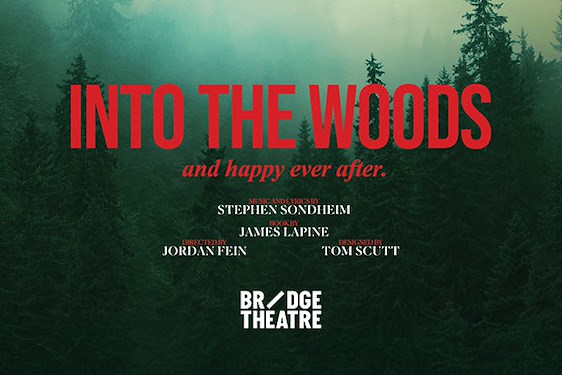One bright and sunny day, a fish jumps out of a river, and promptly meets a fellow animal with whom he will share the next 46 years of his life. The gray cat seeks organisational perfection, the flounder dreams enough for the both of them. With no shortage of charming visuals, PNME’s production tells a tale as pure and simple as they come. And though told with considerable skill, this story of love, imagination and eventual loss is hampered by it's own simplicity.
Though told with considerable skill, this story of love, imagination and eventual loss is hampered by it's own simplicity.
Said story of love concerns Bernadette Callery and her husband Joseph Newcome. Accompanied by the music of composer Stephen Foster, The Gray Cat chronicles the first meeting and later adventures of the couple. A small group of incredibly talented musicians score the piece, which features a plethora of varied forms of visual, as well as audible, storytelling. To top it off, each audience member is given their very own headset, supplying 360 degree surround sound straight to each and every set of ears.
Having conjured up tantalising possibilities for the use of this, the binaural mic is then placed in the centre of the small orchestra. Whilst certainly adding to the overall aural excellence, this seems such a waste of the capabilities on offer. This is true of so many aspects of the performance: exciting opportunities afforded by the space and the equipment are squandered - the bare minimum amount of effort is put in. Even in a heartwarming sequence featuring shadow puppetry, the feeling of over-simplification – and lack of impressiveness – is inescapable.
Perhaps this all can be traced back to an inherent issue with the plot. The scenes on display are perhaps never dull, but each one is extended past making their point, and in combination don’t really seem to have an impact. In one instance, the actress playing Bernadette outlines her new categorisation system for the library where she works. Once again, the accompaniment is fantastic, perfectly timed with the rhythmic and deliberately repetitive speech. But past an extravagant character introduction, the section serves little purpose and once the initial pleasure of the music wears off, the explanation really starts to drag. Elsewhere, projected animation is far more cute in its construction than it is artistic – another example of the limitations of PNME’s creativity. Again, this is maybe a problem with the source material; the animation is taken from the images created by Bernadette and Joseph of the animals, and so artistic license perhaps was not an option. But then, what is it that is supposed to be special, or striking, here?
This is not to diminish Bernadette’s life in any way – on the contrary, her and Joseph’s life together is a testament to the existence of soulmates, a fact which should melt even the hardest of hearts at least slightly. It is merely that PNME do so little to convince that this is a tale that deserves to be shared on such a scale. The technology at their disposal is never utilised to anywhere near its full potential, and even the consistently brilliant work of the musicians does not hold up an otherwise uninspiring piece of theatre. As Foster’s Beautiful Dreamer begins to play, the temptation to drift calmly into a soothing slumber is strong. And given the lack of impression made by what appears on stage, why resist the urge?



















